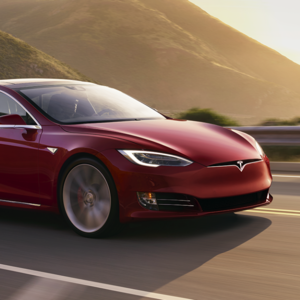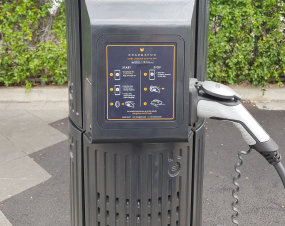We’ve said it before and we’ll say it again: electric tech is the future of transport — and it’s not just the big boys that stand to benefit. Electric bicycle sales are growing fast; they’ve already overtaken their pedal-powered peers in some parts of the world, with more soon to follow.

Bicycles don’t need electric motors, I hear you saying, that’s what motorbikes are for. Bicycles have pedals. Cyclists can use their legs to get where they’re going.
But maybe we don’t have to choose. Electric bicycles are being sold in record numbers worldwide as commuters and recreational riders reap the benefits of electric mobility.
It’s not about taking the effort out of cycling. Most e-bikes sold today are pedal-assisted (or pedelec), meaning the motor only directs power to the wheel while the rider is actively pedalling, and only up to a speed deemed safe by regulators and manufacturers. Throttle-driven alternatives exist, but are much less common and often subject to stricter rules.
Pedal perks
The bicycle classification class applied to pedelecs is a major part of what sets them apart. They allow riders to travel further with less effort, saving time by avoiding the omnipresent traffic and stress that comes with urban driving. The effort gets cut down further on hills, where that extra power through the pedals can mean the difference between getting to work late & sweaty or on-time & collected.
A cruisier ride and convenient parking aren’t the only perks, either. Urban centres worldwide are applying an increasingly steep financial burden on vehicle ownership. The world’s highest e-bike uptake is in Asia, particularly China, where overcrowded cities and strict emissions targets make them extremely attractive.
E-bike batteries are significantly smaller than anything an EV might require, often delivering in excess of 50 km range without needing dedicated charging infrastructure or being prohibitively heavy. Most are built directly into the frame or designed for easy overnight removal.

Powered potential
It’s not just China, several European nations have also embraced e-bikes en-masse. Electric bicycles have already overtaken non-electric adult bike sales in the Netherlands, and made up almost a quarter of total German sales in 2018.
If this sounds familiar, it should: Asia and Europe are also the world’s leading markets for EVs, although adoption rates are years behind e-bikes’ figures.
Electric bicycles’ enormous potential isn’t going unnoticed. Multiple reports have forecast significant growth in the near future: marketresearchfuture.com predict the global market will reach USD 22 billion by 2023, Mordor Intelligence are projecting that pedelecs alone will reach revenues over USD 18 billion by 2024.
Just as interestingly, the e-bike industry remains extremely competitive. No single manufacturer controlled more than 13% of the US market in 2013, a trend reflected in an increasingly fragmented EV market. Tesla still lead the pack in the US, but legacy automakers are catching up with a growing stable of EV offerings.
A bike for everyone
The diversity of e-bike manufacturers is reflected in their available models. UK-based Brompton cycles have expanded their ever-popular folding bike range to include electric, ideal for commuters, meanwhile racing heavyweights like Giant are doing the same for fast-paced road & mountain bikes.
The extra burst of power offered by e-bikes make them ideal for a wide range of peoples’ needs, even those who would be otherwise unable or unmotivated to ride. Embracing the breadth of the technology has helped manufacturers flourish while advancing technology pushes prices down to a level accessible for new customers.
Have you bought an e-bike? Are you looking to make the switch? Are they even relevant to the changing face of EVs? Let us know what you think and check back to the JET Charge blog for more EV news and updates.



